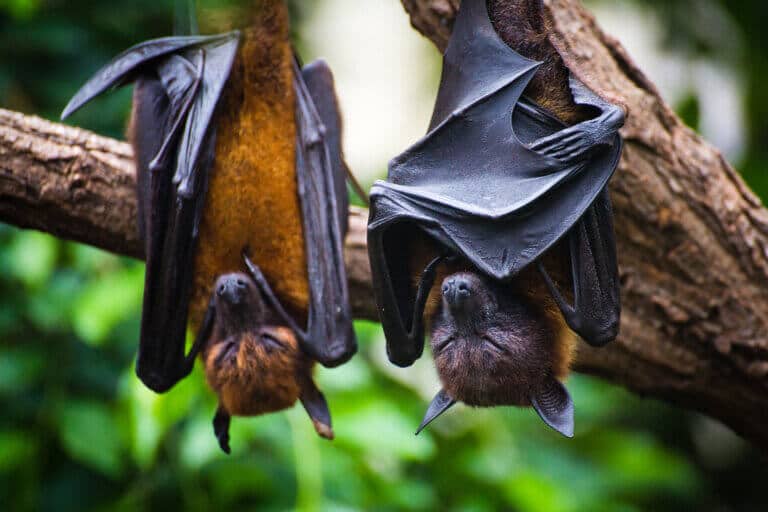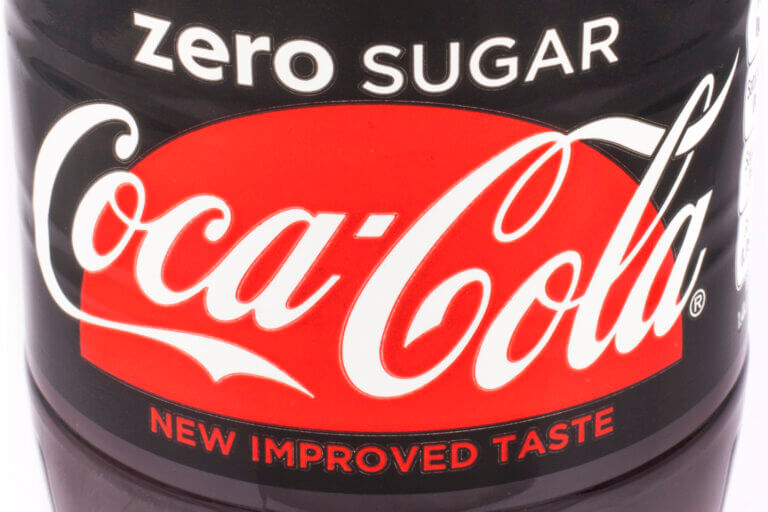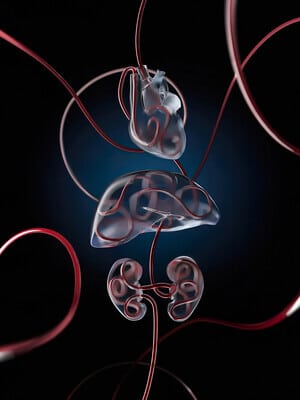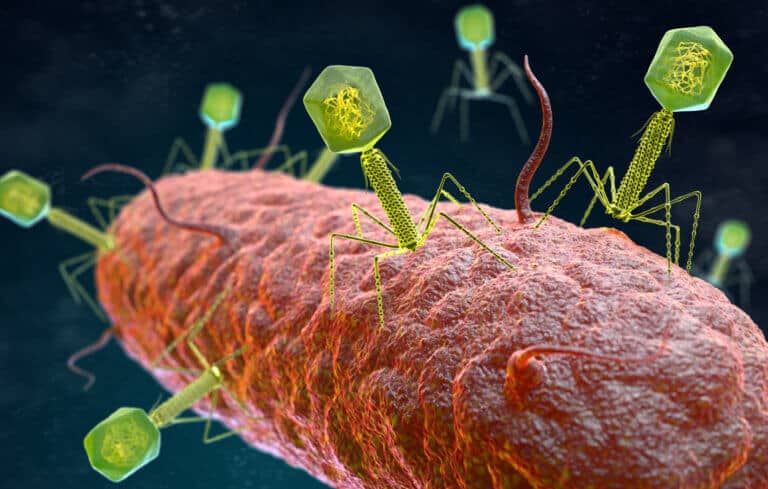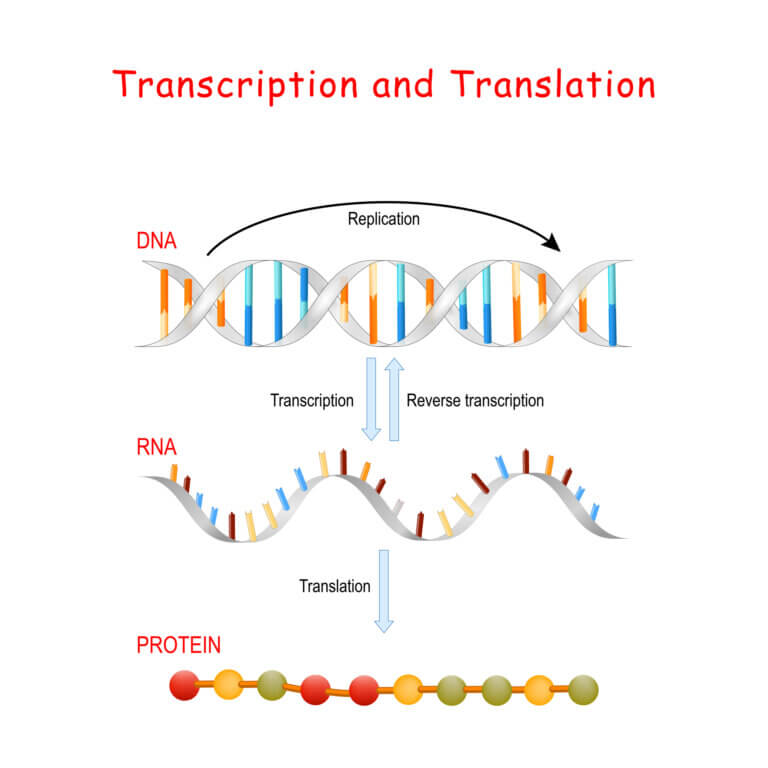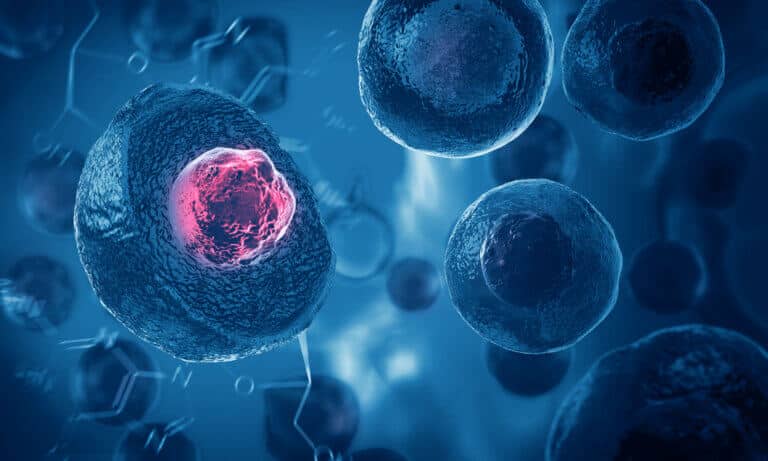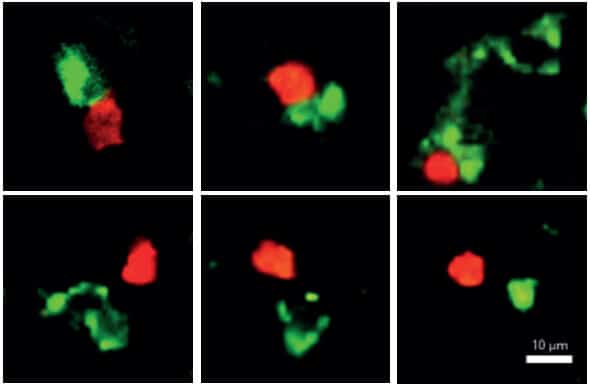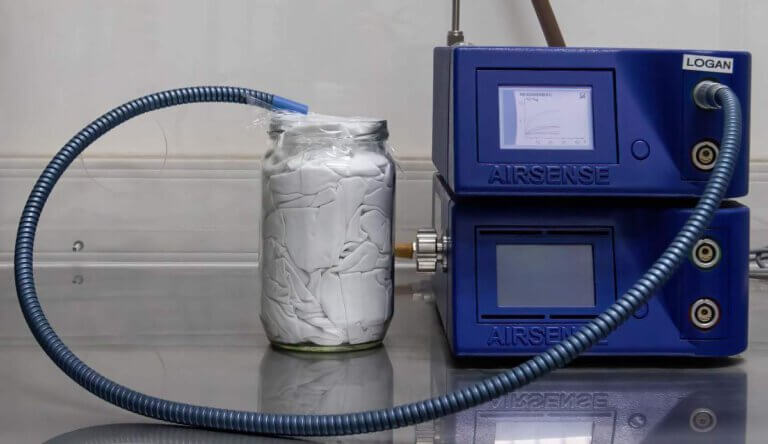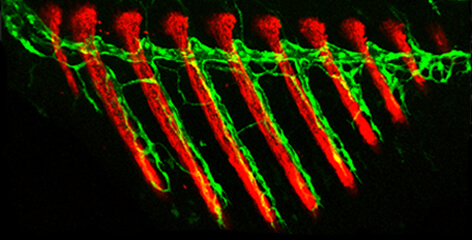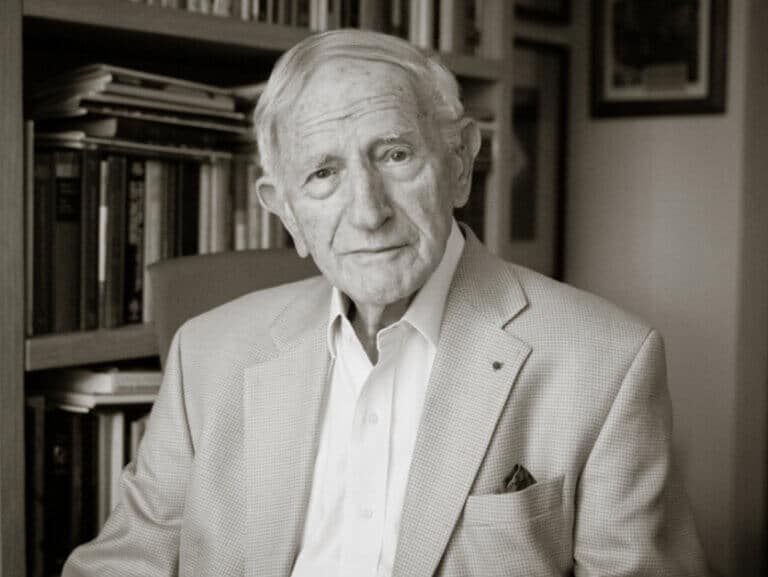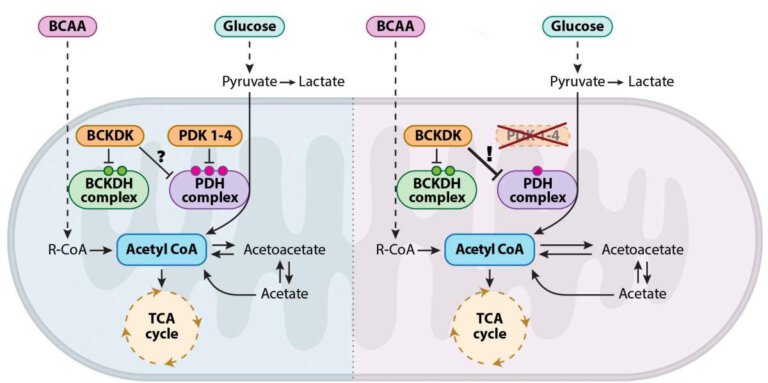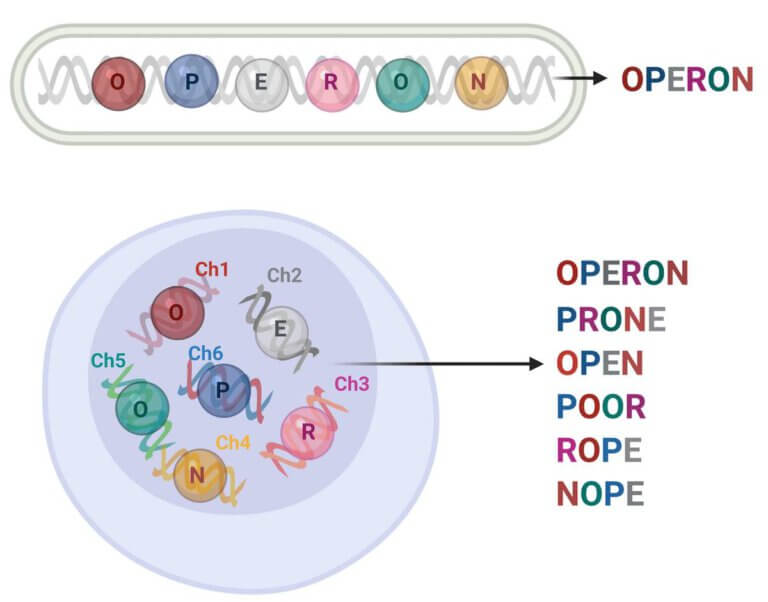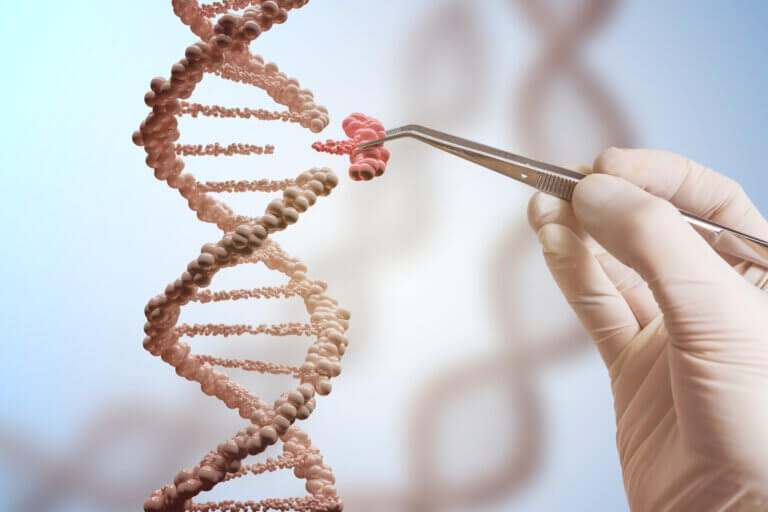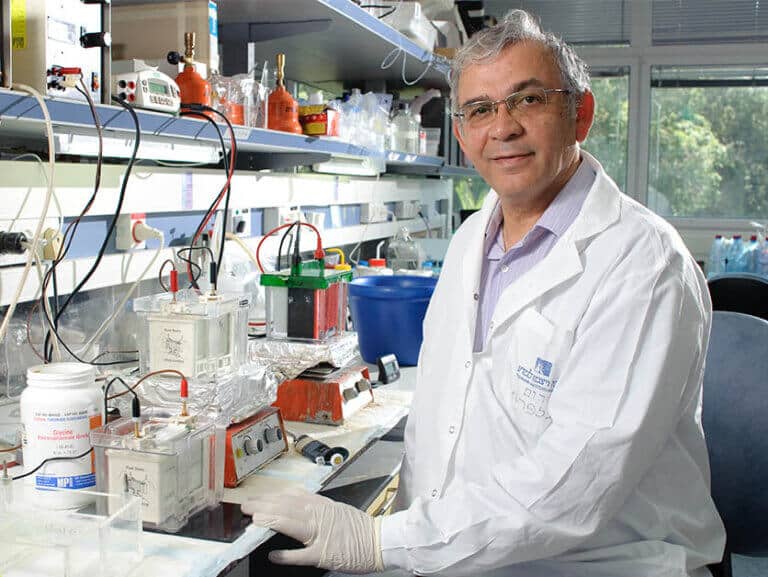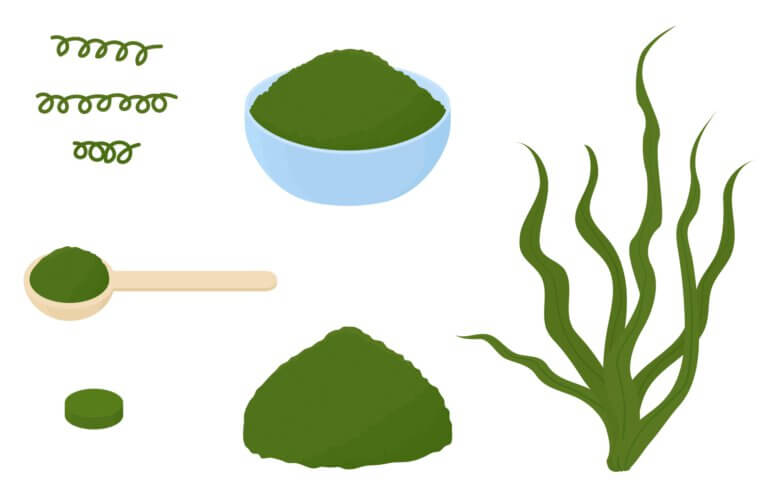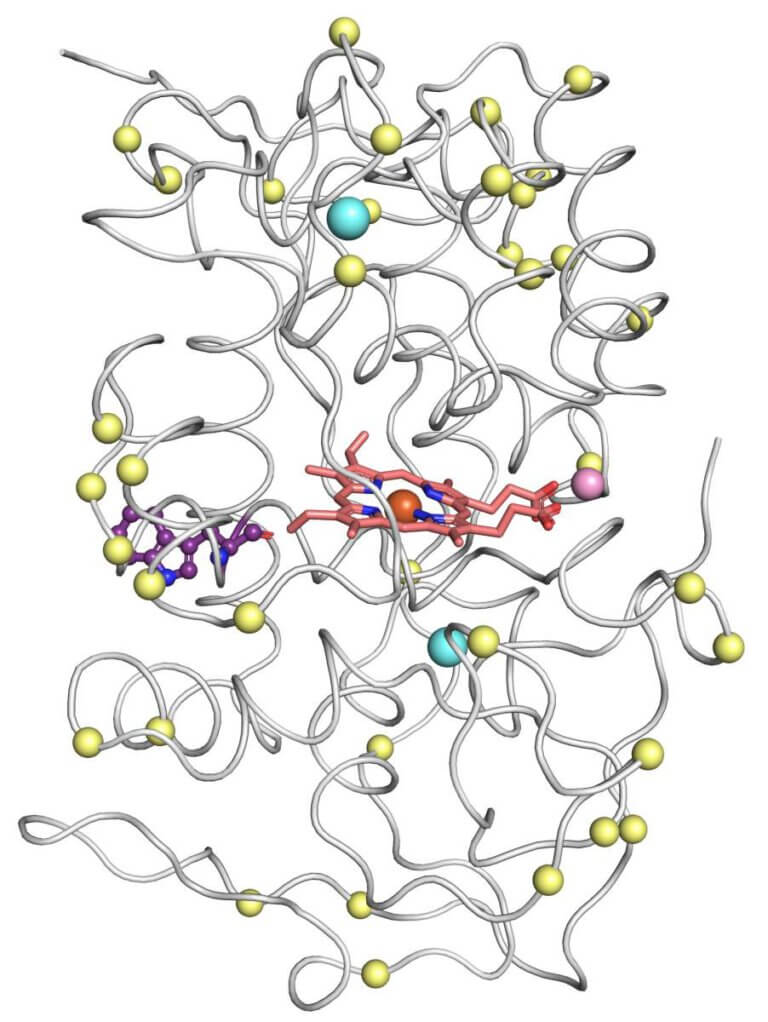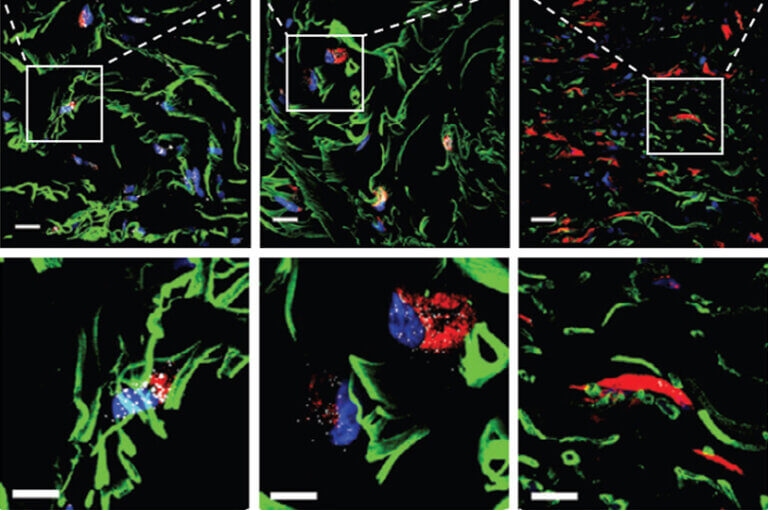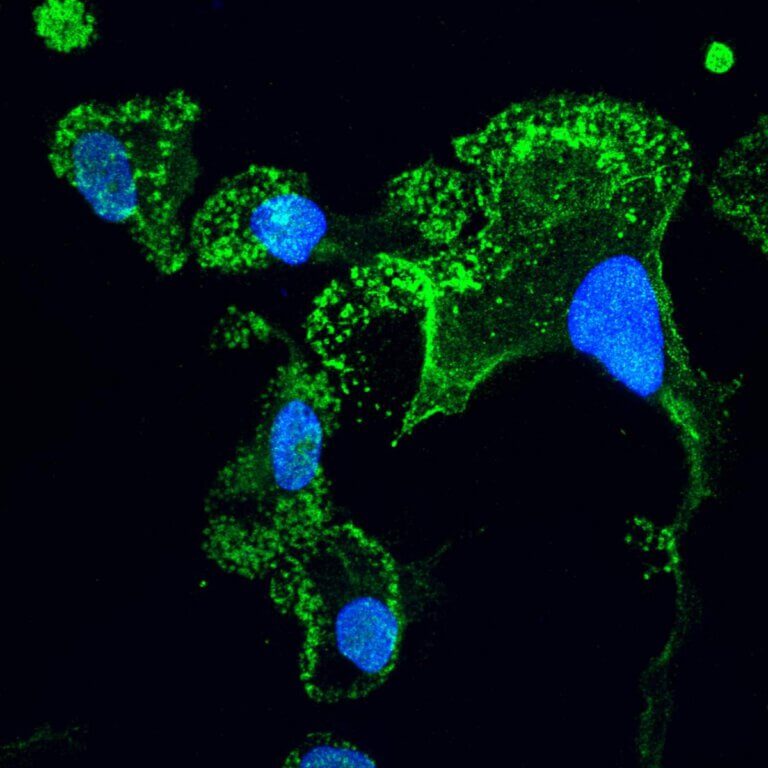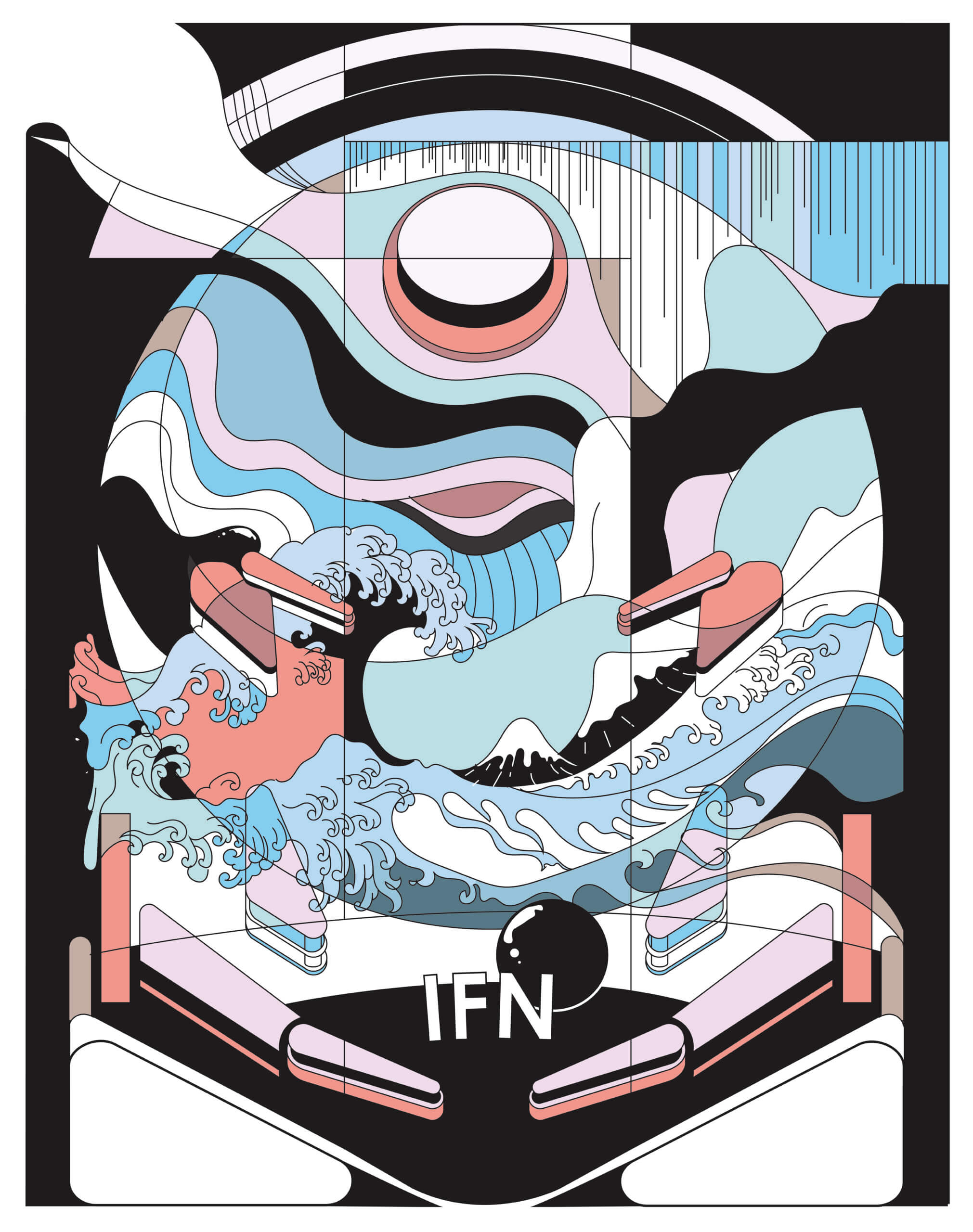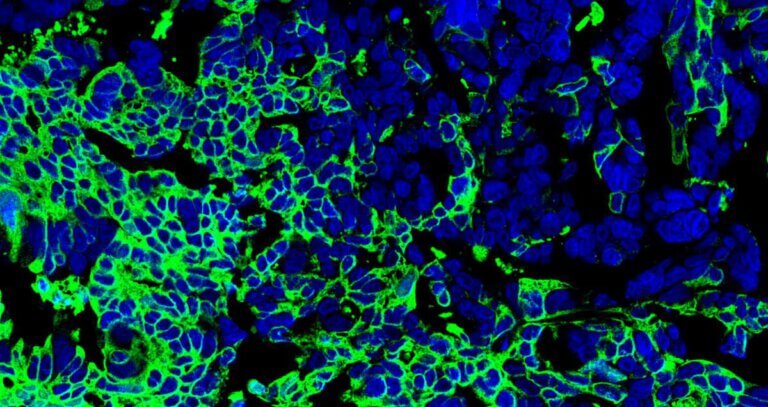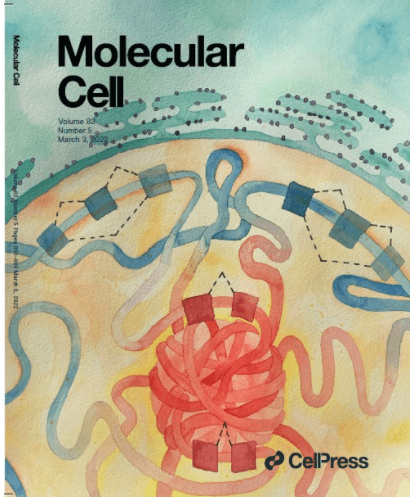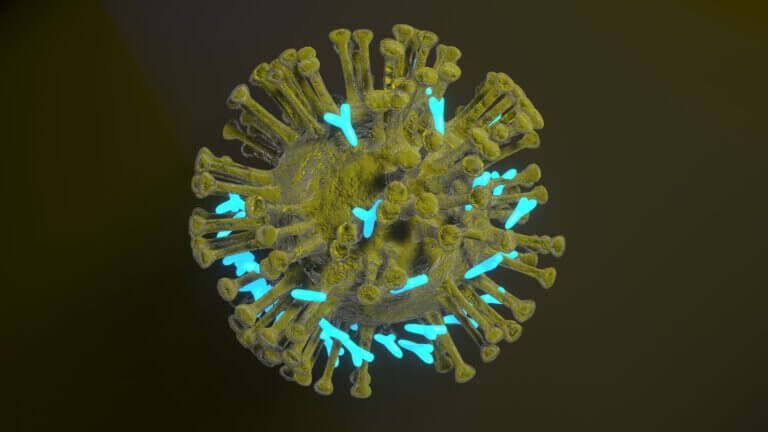Hayadan > Biology and Medicine > Genetics > the cell > Page 4
the cell
- Weizmann Institute
- August 25, 2022
New research done in bats reveals far-reaching dynamic capabilities of neural networks
- Weizmann Institute
- August 20, 2022
Institute scientists have shown that calorie-free sweeteners affect the composition and activity of intestinal bacteria and may disrupt the body's metabolism; The degree of influence varies greatly from person to person
- Avi Blizovsky
- August 8, 2022
- One response
Technology developed at Yale University restores the function of cells and organs in pigs after death, a potential breakthrough in organ transplantation.
- Weizmann Institute
- August 5, 2022
In a study published today in the scientific journal Cell, Weizmann Institute of Science scientists demonstrated an innovative therapeutic approach that performs "targeted defeat" of unwanted intestinal bacteria using a creative and precise weapon - viruses that attack bacteria
- Weizmann Institute
- July 28, 2022
On the genetic equivalent of postal targeting - and on the decisive differences between linear and circular molecules
- Weizmann Institute
- July 15, 2022
How can cells be returned to their initial and most powerful state?
- Weizmann Institute
- June 30, 2022
Weizmann Institute of Science scientists have uncovered a mechanism of the immune system that helps fight Candida infections
- Weizmann Institute
- June 26, 2022
This is according to a new study by Weizmann Institute scientists. Moreover, the scientists were able to predict in the study what the degree of connection between complete strangers would be just on the basis of their smell as picked up by an "electronic nose"
- Weizmann Institute
- June 4, 2022
Using advanced methods for genetic sequencing at the single cell level, Weizmann Institute of Science scientists reveal a new molecular mechanism of action of ketamine - and show that combining it with another drug may lead to improved performance and reduced side effects
- Weizmann Institute
- May 29, 2022
How are blood vessels born? The institute's scientists revealed surprising findings following observations of the fins of young zebrafish
- Weizmann Institute
- May 29, 2022
From childhood in a factory yard in Poland to the top of world science and the development of best-selling drugs that have helped millions around the world
- Weizmann Institute
- May 27, 2022
A new study led by Weizmann Institute of Science scientists reveals that the intensification of winter storms in the Southern Hemisphere has already reached the level of predictions for the end of the 21st century
- Weizmann Institute
- May 23, 2022
Institute scientists are updating a version of one of the most classic diagrams in biochemistry books - the Krebs circle
- Weizmann Institute
- May 14, 2022
How did evolution overcome the lack of order in the storage of genetic information in the transition from bacteria to more developed creatures?
- The Voice of Science website - the Israel National Science Foundation
- May 7, 2022
Between the genetic editing mechanism of RNA and the evolution of DNA
- Weizmann Institute
- April 30, 2022
The component was developed based on the research of Prof. Yosef Shaul
- Weizmann Institute
- April 29, 2022
When did unicellular algae become so nutritious - and how the change paved the way for an evolutionary leap
- Weizmann Institute
- April 17, 2022
A combination of artificial intelligence and protein design algorithms allows for the first time access to a gold mine: millions of natural proteins that can be used in a variety of environmental, medical and industrial applications
- Weizmann Institute
- April 5, 2022
Weizmann Institute of Science scientists in collaboration with Hadassah and Rambam doctors present a new road map for the study of diseases in which there is still much that is hidden on the open
- Weizmann Institute
- April 1, 2022
Weizmann Institute of Science scientists have discovered a new pathway that may protect nerve cells in the brain and slow down the development of degenerative brain disease
- Tel Aviv University
- March 25, 2022
- One response
- Weizmann Institute
- March 25, 2022
Our immune system has a powerful and accurate weapon to destroy bacteria and viruses. It is possible that in the future it will also be possible to harness it against malignant tumors
- Weizmann Institute
- March 23, 2022
Weizmann Institute of Science scientists present the first Israeli quantum computer; In its construction, innovative methods were applied that will help advance the field towards unprecedented computational capabilities
- Tel Aviv University
- March 11, 2022
- 2 תגובות
Since the genes are found along the length of the DNA, then the staggered way in which the DNA is arranged inside the nucleus separates the genes according to the content of their building blocks and thus the DNA is actually packed inside the tiny nucleus
- Weizmann Institute
- March 3, 2022
Critically ill, recovering or vaccinated - how do the antibodies to corona that each of the groups produces differ and what are the unique characteristics of the antibodies acquired following vaccination

